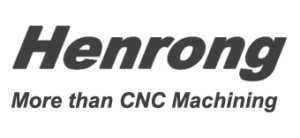Features Of Injection Molding
Injection molding refers to the process of making semi-finished parts of a certain shape by pressurizing, injecting, cooling and disconnecting molten raw materials.
Injection molding process of plastic parts mainly includes 6 stages, such as mold closing, filling, (gas auxiliary, water auxiliary) pressure holding, cooling, mold opening, mold stripping. This method is suitable for bulk production of complicated parts and is one of the important processing methods.
– The advantages of the injection molding are production speed is fast, high efficiency, can realize automation operation, breed of design and color is much, shapes can range from simple to complex, size can be from large to small, and the product size is accurate, can be made into complex shape parts.
– When forming, the mold should be locked before the molten material is injected, molten material with good fluidity has little wear on the cavity, therefore, a set of molds can produce large quantities of injection products.
– Due to the high pressure during molding, it can be shaped into plastic parts with complex shapes, clear surface patterns and marks and high dimensional accuracy.
– The key tool of injection molding is mold, but the design, manufacture and test of mold cycle is very long, production is slow.
– Due to the limitation of cooling conditions, it is difficult to shape plastic parts with thick walls and large variations.
– Because the cost of injection molding machine and injection mould are relatively high, so the start-up investment is large, it is not suitable for small bulk plastic production.
– The quality of molding products is limited by many factors, so the technical requirements are higher, it is difficult to master.



Leave a Reply
Want to join the discussion?Feel free to contribute!